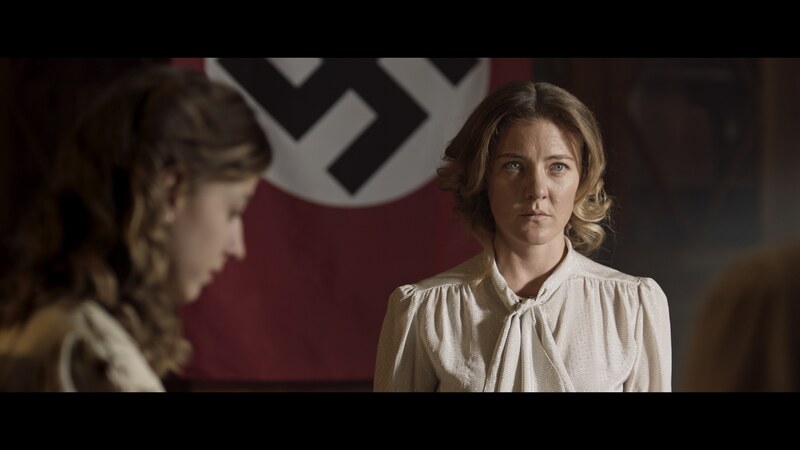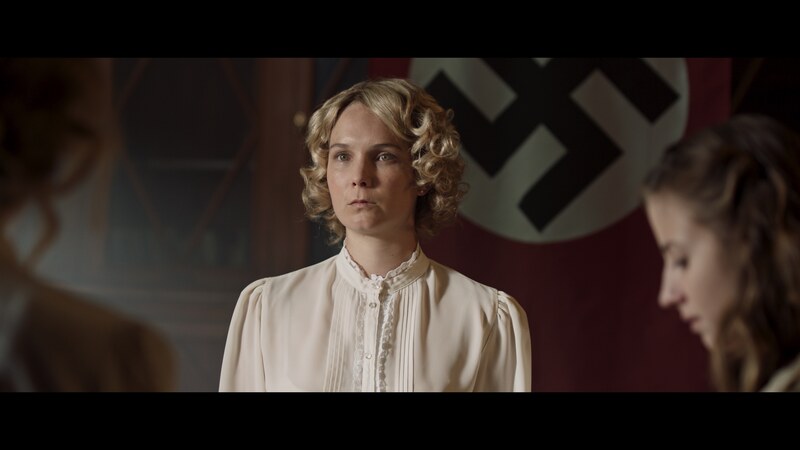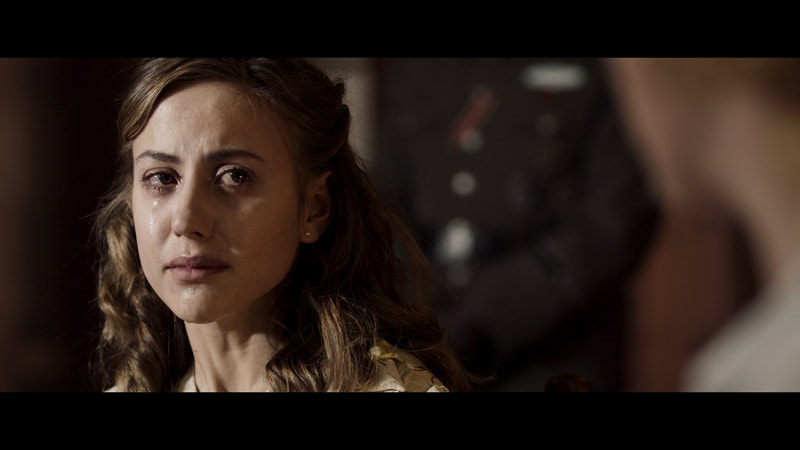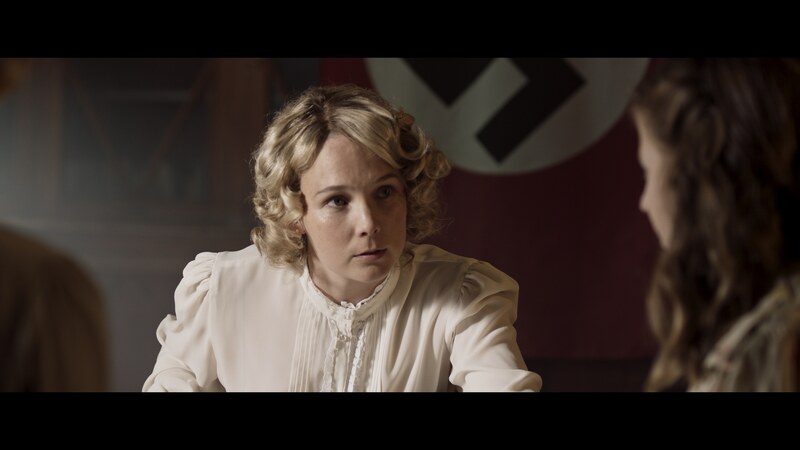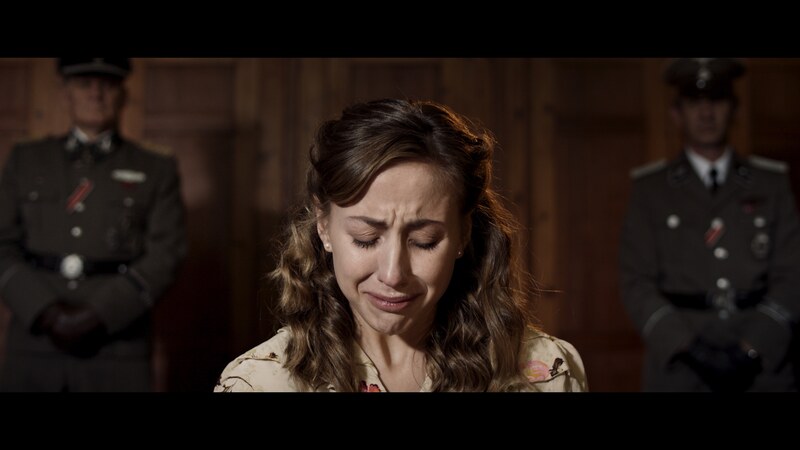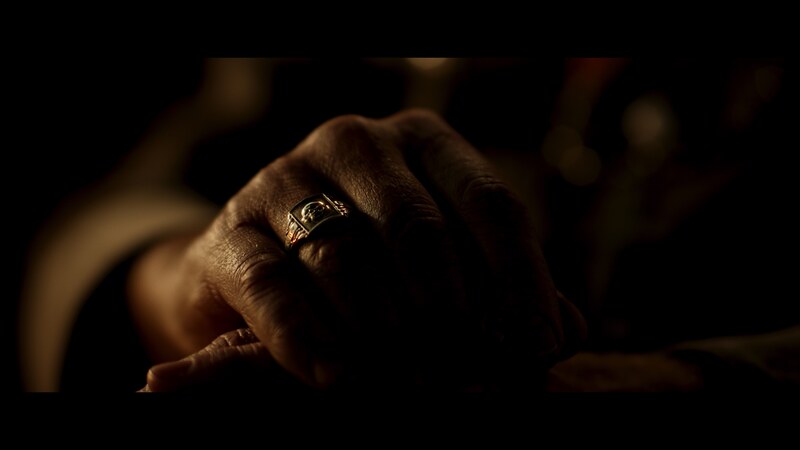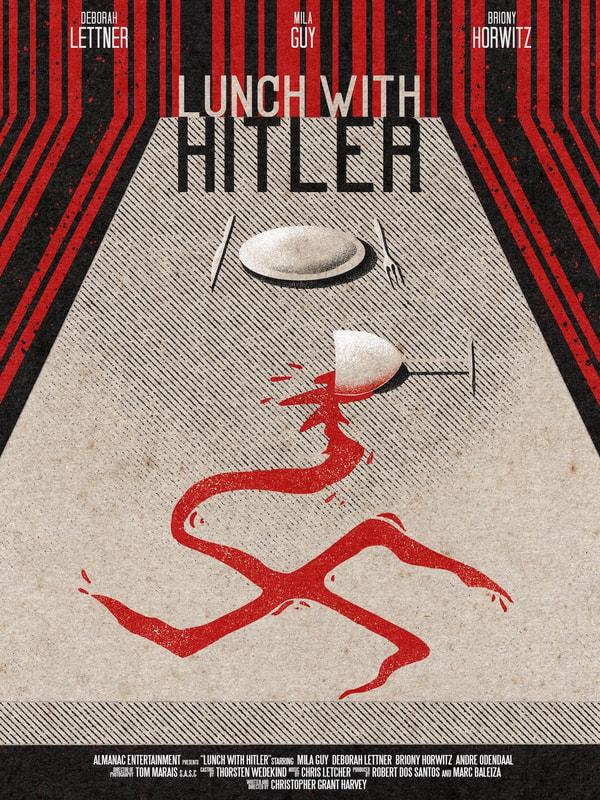Lunch With Hitler (2023) was inspired by accounts of the young women who were compelled into service as taste testers for Adolf Hitler at the heavily guarded 'Wolf's Lair headquarters during World War 2. There were rumours that the Allies had plans to poison Hitler. Fifteen young women were selected to taste the German leaders' food to confirm that it was safe to consume.
© Copyright 2023 - Christopher Grant Harvey
